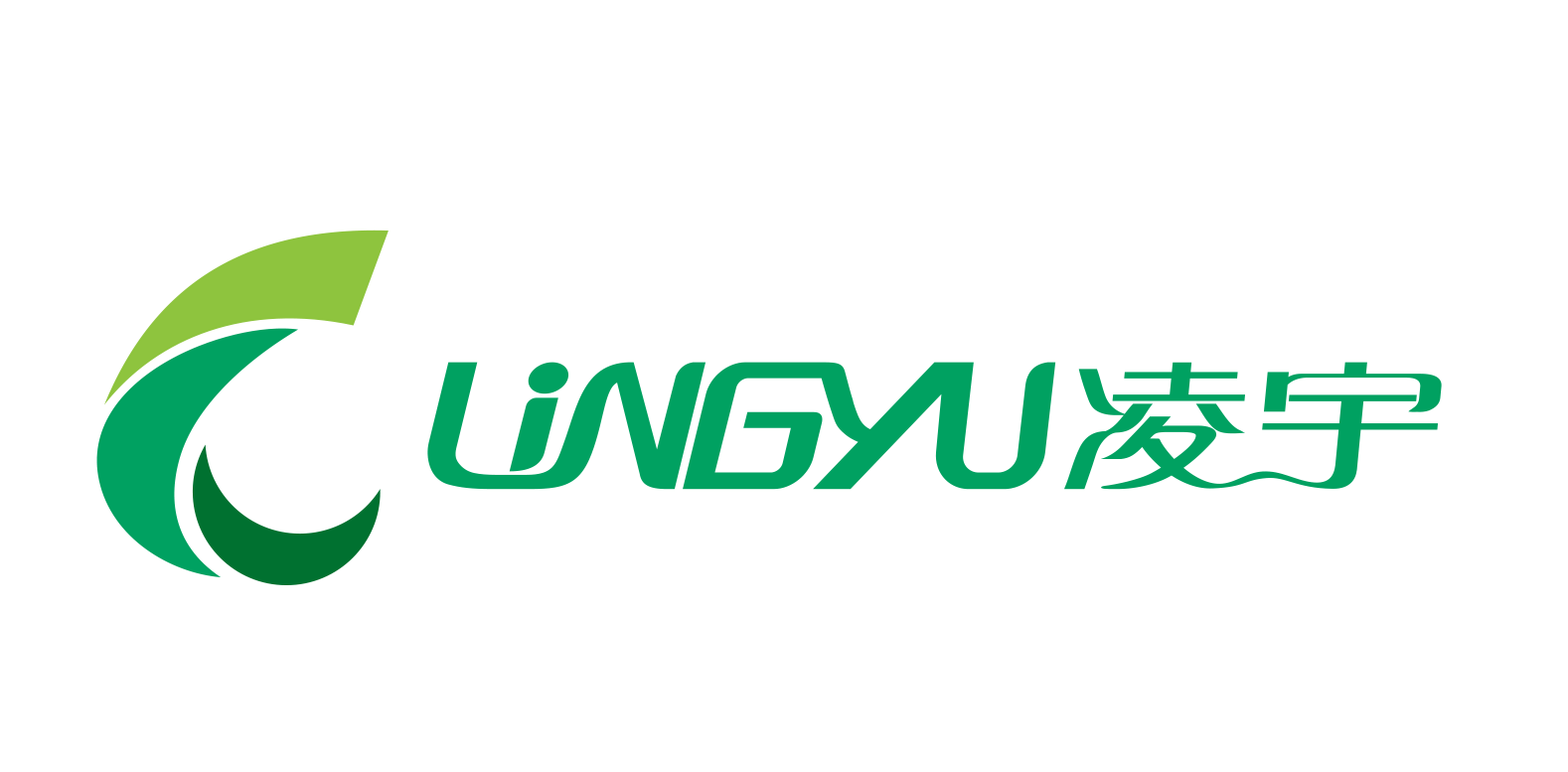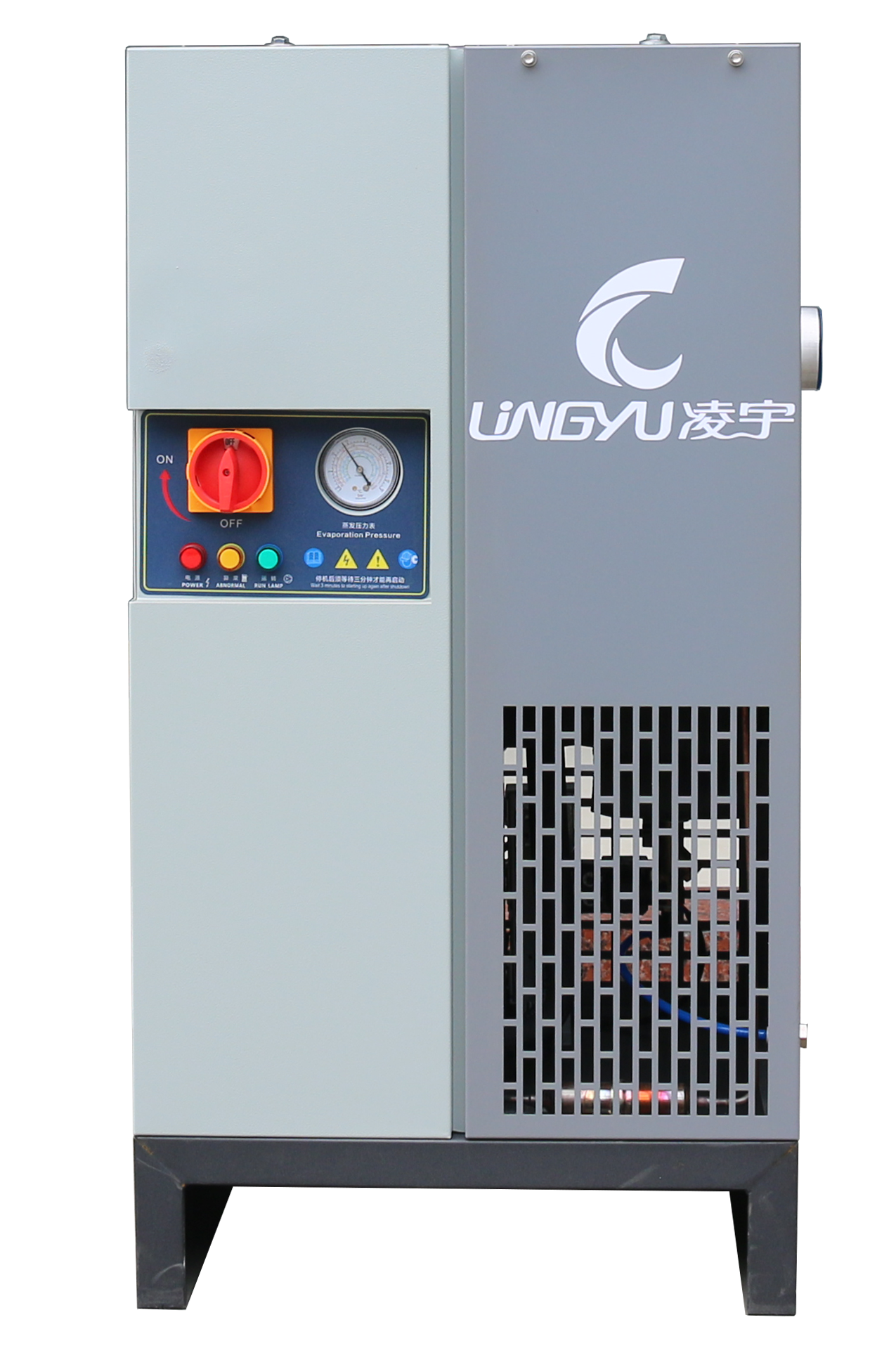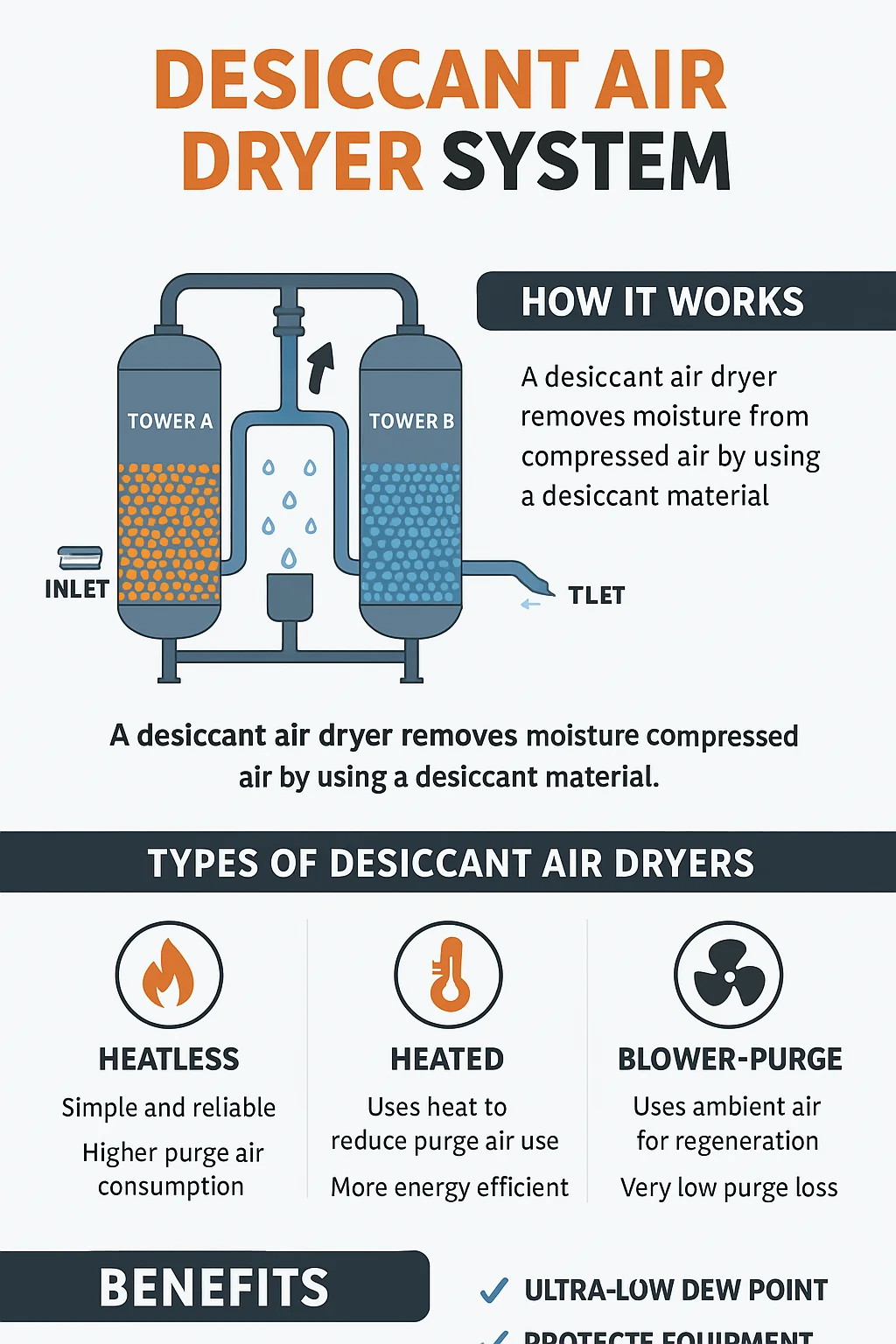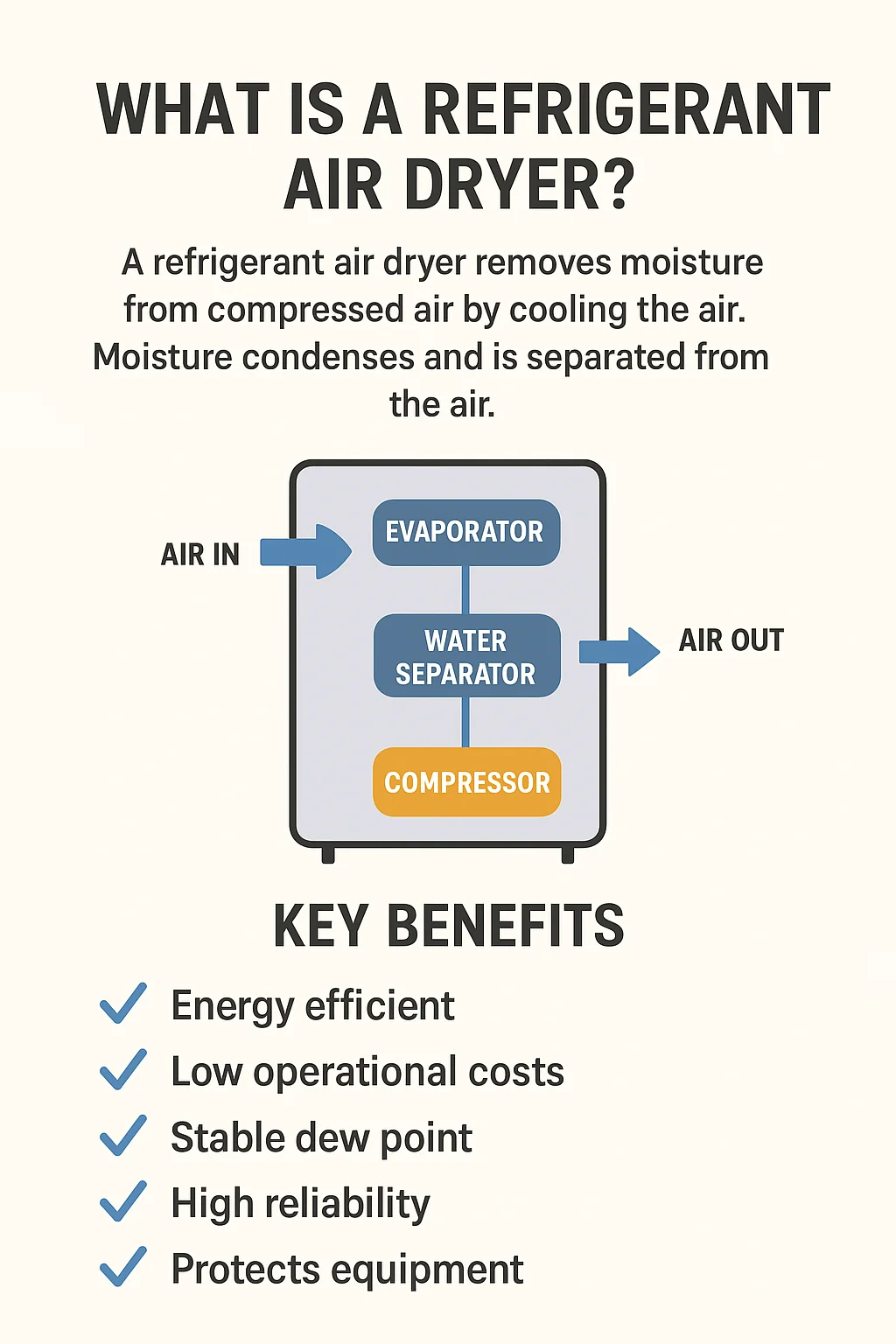The energy-saving dryer has become an essential piece of equipment across multiple industries, including pharmaceuticals, food processing, automotive manufacturing, textiles, electronics, and chemicals.
From ensuring hygiene in pharmaceutical production to preventing spoilage in food manufacturing, the energy-saving dryer plays a vital role in maintaining product quality, protecting equipment, and improving operational efficiency.
As industries focus on reducing energy consumption and improving sustainability, the energy-saving dryer is evolving rapidly. Below, we explore the three key trends that will define its future development.
1. Higher Efficiency with Lower Energy Consumption
One of the primary future trends for the energy-saving dryer is achieving maximum drying efficiency while consuming less power.
Technological advancements are enabling:
Improved heat exchange designs for faster moisture removal.
Optimized airflow systems that reduce resistance and save energy.
Integration of variable frequency drives (VFDs) to adjust power use according to demand.
This high-efficiency, low-energy approach will allow companies to cut operational costs while meeting strict drying requirements.
2. Intelligent and Automated Operation
As artificial intelligence (AI) and the Internet of Things (IoT) become more prevalent in industrial environments, the energy-saving dryer is becoming smarter.
Future models will offer:
Real-time monitoring of dew point, temperature, and humidity.
Predictive maintenance alerts to prevent breakdowns.
Remote control and diagnostics, allowing operators to adjust settings without being on-site.
These smart features not only enhance the reliability of the energy-saving dryer but also minimize downtime, improving overall plant productivity.
3. Green, Sustainable, and Environmentally Friendly Designs
Environmental protection is a major global priority, and the energy-saving dryer is no exception.
Future designs will focus on:
Using eco-friendly refrigerants and recyclable materials.
Incorporating waste heat recovery systems to reuse energy.
Reducing carbon footprint through lower electricity consumption.
This green approach benefits both the planet and the business by aligning with sustainability goals while lowering long-term operating expenses.
Industrial Applications of the Energy-Saving Dryer
The energy-saving dryer is indispensable in sectors where moisture control is critical:
Pharmaceuticals – Prevents microbial growth, ensures sterile manufacturing environments, and maintains product stability.
Food Processing – Stops spoilage, prevents mold growth, and extends product shelf life.
Automotive Manufacturing – Protects machinery and pneumatic systems from corrosion, ensuring smooth production lines.
Textiles & Electronics – Maintains product integrity by preventing moisture-related defects.
Why the Energy-Saving Dryer Will Continue to Grow in Importance
The combination of energy efficiency, automation, and eco-friendly design positions the energy-saving dryer as a key player in future industrial operations.
As technology continues to advance, we can expect:
Faster drying cycles.
Greater energy savings.
Seamless integration into smart factory systems.
Businesses that adopt these advanced dryers early will enjoy competitive advantages in cost control, product quality, and environmental compliance.
FAQ: Energy-Saving Dryer
What makes an energy-saving dryer different from a traditional dryer?
It uses optimized designs and advanced controls to achieve high drying efficiency while consuming significantly less energy.
Can an energy-saving dryer be integrated into existing systems?
Yes. Most modern energy-saving dryers are modular and compatible with various compressed air setups.
Which industries benefit most from an energy-saving dryer?
Pharmaceuticals, food production, automotive, textiles, electronics, and chemical processing industries.
How does automation improve dryer performance?
Automated systems allow real-time monitoring and adjustments, ensuring consistent drying performance and preventing energy waste.
Are energy-saving dryers environmentally friendly?
Yes. They use eco-friendly materials, reduce power usage, and support sustainability initiatives.
Conclusion
The energy-saving dryer is more than just an industrial accessory—it’s a strategic investment for businesses aiming to improve efficiency, reduce costs, and operate sustainably.
With future developments focusing on higher efficiency, intelligent control, and eco-friendly designs, the energy-saving dryer will continue to be a critical technology for industries worldwide.
By adopting these innovations now, companies can stay ahead in an increasingly competitive and environmentally conscious marketplace.







